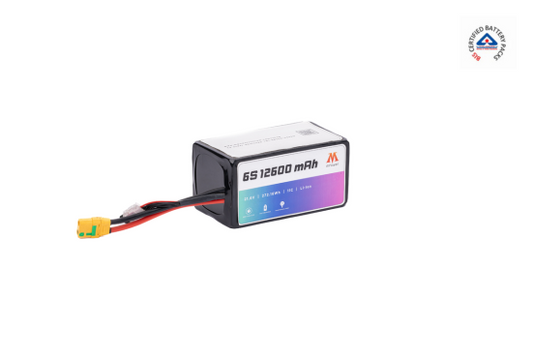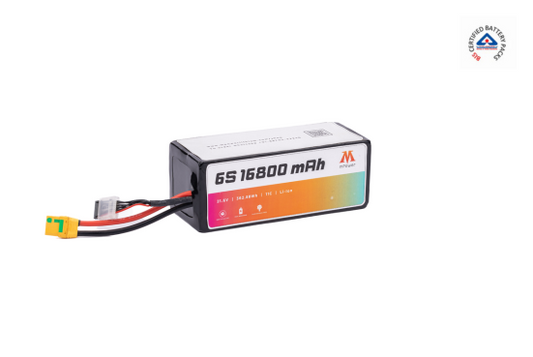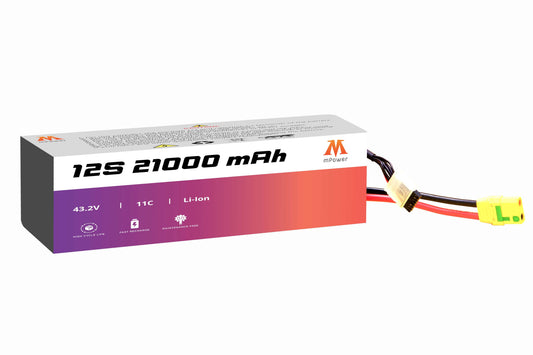
As drone technology continues to evolve, industries ranging from agriculture to logistics are pushing boundaries to make drone operations more efficient, sustainable, and longer-lasting. A prominent idea gaining attention in this pursuit is the use of solar energy to power drones. But how viable is this innovation, and what role do batteries continue to play in this evolving ecosystem?
Can Drones Be Solar Powered?
At first glance, the concept of a solar-powered drone seems like a perfect solution—limitless energy from the sun, enabling longer flight times and lower operational costs. In theory, yes—drones can be equipped with solar panels that collect energy during flight or while stationary. But the question remains: Can drones be solar-powered effectively enough to meet the demands of commercial operations?
The answer is not yet complete. Current photovoltaic technology doesn't generate enough power to sustain most drones in continuous flight, especially for larger payloads or during cloudy or low-light conditions. Moreover, integrating solar panels adds weight and surface area to drones, which can affect aerodynamics and overall performance.
Why Batteries Still Rule the Skies
Despite the promising potential of solar integration, batteries remain the core power source for drones. Lithium-polymer (Li-Po) and lithium-ion (Li-ion) batteries are widely used due to their high energy density and lightweight characteristics. At mPower Batteries, we understand that the key to optimizing drone performance lies in maximizing battery efficiency, charging speed, and overall cycle life.
Until solar technology can overcome its current limitations, batteries will continue to provide the reliable, high-output energy needed for flight stability, maneuverability, and payload delivery.
Solar + Battery: A Hybrid Future
The future of drone energy could well be hybrid. A solar-powered assist system that charges the drone mid-flight or extends its operational range is already being tested in prototype drones. In such setups, high-efficiency batteries still play a crucial role—acting as the main energy reserve while solar panels supplement power or extend flight times under optimal conditions.
This hybrid model brings the best of both worlds: sustainable energy input via solar, and consistent performance via reliable batteries like those offered by mPower.
Conclusion: The Flight Path Ahead
While the question “Can drones be solar powered?” sparks innovative exploration, the current answer is: not independently, and not yet at scale. Solar energy holds exciting potential but cannot fully replace the power, flexibility, and performance of advanced battery technology.
At mPower, we are committed to providing advanced battery solutions that not only power today’s drones but are also designed to adapt to tomorrow’s solar-assisted technologies. The synergy between solar energy and battery innovation could soon redefine the boundaries of drone performance.












